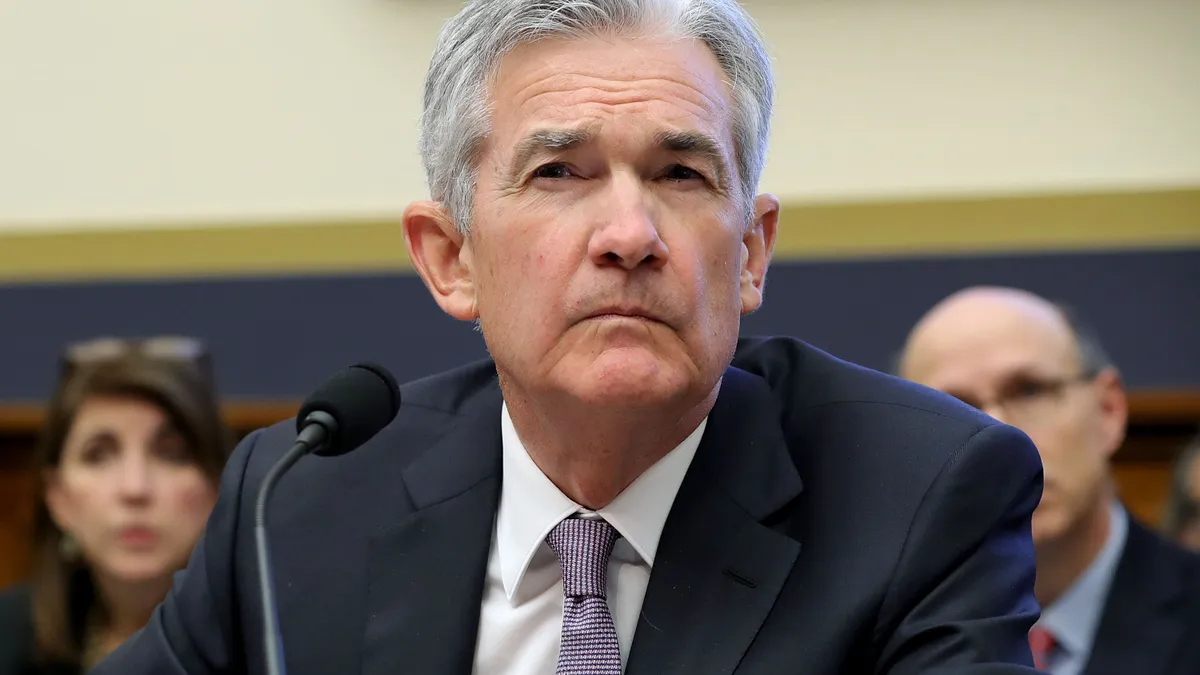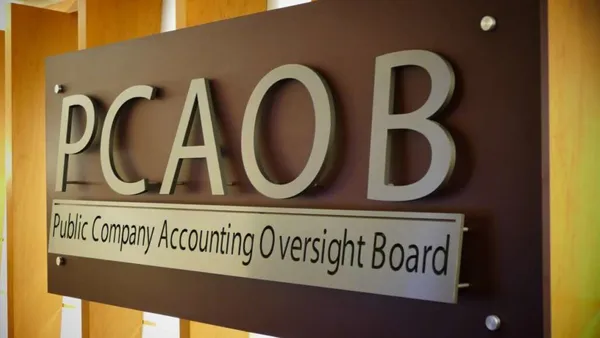Dive Brief:
- Federal Reserve Chair Jerome Powell said Wednesday that although the U.S. economy has yet to feel the full bite from sharp monetary tightening, policymakers will probably raise the main interest rate again this year, possibly as early as their July 25-26 meeting.
- Referring to Fed officials at their June gathering, Powell said, “quite a strong majority actually wanted two or more rate hikes [in 2023] and the reason for that was, if you look at the data over the last quarter, what you see is stronger-than-expected growth, a tighter-than-expected labor market and higher-than-expected inflation.
- “So that tells us that although policy is restrictive, it’s not — it may not — be restrictive enough and it has not been restrictive for long enough,” Powell said. The Fed suspended rate hikes on June 14 even as officials raised their median projection for the federal funds rate at the end of the year to 5.6% from 5.1% in March. The main rate currently is set at a range from 5% to 5.25%.
Dive Insight:
The Fed decided to forgo a rate hike this month knowing that the tightening cycle that it began in March 2022 may take many more months to sufficiently cool economic growth, the job market and inflation, Powell has said.
The delay between an increase in the federal funds rate and its full impact may range as high as 12 months or longer, depending on the condition of the economy and financial markets, and the reaction of consumers and businesses, according to some economists.
By leaving the main interest rate unchanged, policymakers can take time to assess more economic data and reduce the odds of a policy “overshoot,” or of raising borrowing costs too much and excessively curbing economic growth and labor market vigor.
“Policy hasn’t been restrictive for very long,” Powell said, “so we believe there’s more restriction coming.”
Currently, the “very strong labor market” is the biggest spur to U.S. inflation, as demand for workers far exceeds supply, Powell said at a conference hosted by the European Central Bank.
“The labor market is really pulling the economy,” Powell said, describing a self-reinforcing cycle. “There’s strong wage gains, and that’s driving spending, driving real incomes and driving spending, which is driving more demand and continuing to drive the labor market.”
A springtime surge in job gains persisted in May as employers hired 339,000 workers and wage growth — while slowing from a 4.9% annual rate a year ago — rose 0.3% during the month and a still-strong 4.3% during the past 12 months.
From January through May, job gains averaged 314,000 per month. Unemployment, although rising 0.3 percentage points last month, remained unusually low at 3.7%.
Fed officials implicitly acknowledged this month that 10 consecutive increases in the federal funds rate — the most rapid tightening in four decades — has yet to have the desired impact.
They forecast in a median estimate that their preferred measure for inflation — the core personal consumption expenditures price index — will end the year at 3.9%, an increase of 0.3 percentage points from their forecast in March.
The Fed will probably not succeed at slowing inflation to its 2% goal until 2025, Powell said, referring to so-called core inflation excluding volatile energy and food prices.
“I see us making steady progress,” Powell said, “but I don’t see us getting to 2% this year or next — I see us getting there the year after.”
“We will be restrictive as long as we need to be,” he said.
“If inflation is coming down sharply and we’re confident that it’s on a path to 2%, that would be a different situation,” Powell said. “You would begin to think about loosening policy.”
“But we’re a long way from that,” he said, adding “that’s not something we’re thinking about now or in the near future.”














